How I Helped Children from Local Drug Lords in Brazil
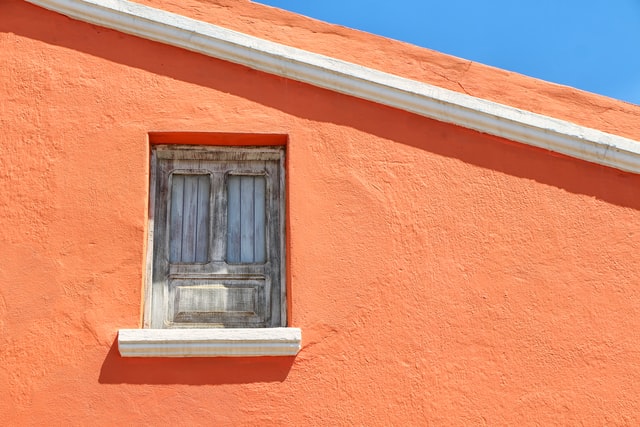
My first time volunteering in Brazil was around a year ago, and I decided to experience this beautiful and vast country by working with a local organisation called, Iko Poran. I stayed in a large house with my fellow volunteers in the centre of Rio de Janeiro. After our first meeting in which we were introduced to everyone, I learned that I was going to work on the Ágape project in a very needy community called Para-Pedro in Irajá, the northern part of Rio.
Since 1998, the Ágape project has been looking after hundreds of children in a community that consists of about 50 houses on a single street. The project functions as a daycare centre, where mothers leave their children while working. This might seem novice, but it is essential for the protection and development of the kids.
The favelas in this area are not pacified, which means that police units are not present to pacify the drug lords. The women are scared to leave their children at home, as drug lords in the neighbouring favela try to recruit the boys to become part of drug trafficking and stealing scams.
The women are scared to leave their children at home, as drug lords in the neighbouring favela try to recruit the boys to become part of drug trafficking and stealing scams.
The majority of the families come from the North-Eastern states Piauí and Maranhão, which are among the poorest in Brazil. They arrive to Rio with the promise of a better life due to the opportunity to earn more money. In reality, finding any kind of work is difficult, especially because the women are reluctant to leave their kids at home on their own. On average, one family has BR100-200 (£25-50) to live off every month, in addition to the money they receive from ‘Bolsa Familia,’ governmental welfare, which varies in amount. Neither is enough to support these large families, and thus they live off the food donated to them from CEASA, a business linked to the Brazilian department of state regional development.
Normally, people who live in favelas occupy the land and do not pay rent. However, the land is owned by one man, who claims rent every month from each family. They pay up to BR100 a month to stay in what can be described as shacks, which often have no actual windows. Some are unfinished brick houses, while others have a tin plate as a roof, and barely even a door. The Ágape project is located on the second floor of the church, which is a proper building.
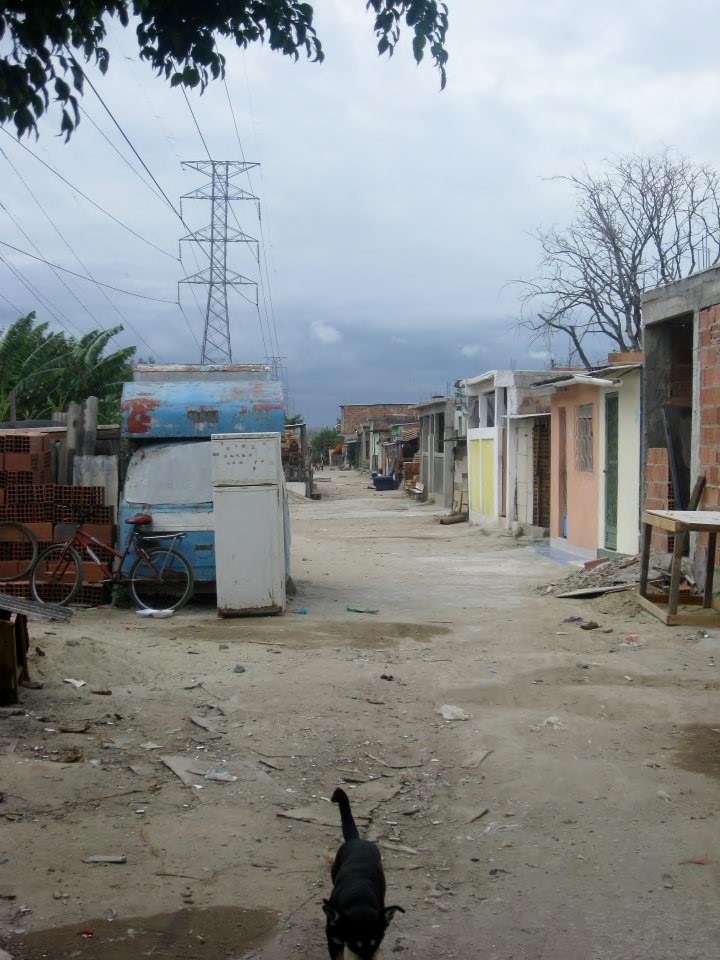
My first week included ‘o dia das crianças’ (children’s day), which is a special day for the kids in Brazil. So, during my second day, I arranged this great party for all of the children, which was provided by the support of CEASA. There were massive amounts of sweets, fruit and drinks, lots of entertainment and games to play. It was a fun yet energy-consuming day, but offered us a rare opportunity to meet everyone from the community.
As a volunteer, we bore witness to many discouraging realities: two young boys getting a gun from an older guy, and then wandering down the street; or kids at the age of 12 doing hard labour with their parents in order to earn money for their family.
After that, every day seemed a bit more relaxed. Usually the smaller children would come in the morning to do writing or reading exercises. After our lunch break, the older kids would come in the afternoon to do homework, play games, paint, or go to the jiu-jitsu class nearby. One day, I brought yarn and fabric bands in various colors and both the boys and girls made numerous colorful bracelets. It was then that I realized that even very basic ideas and gestures can fill a lot of space in kids’ hearts.
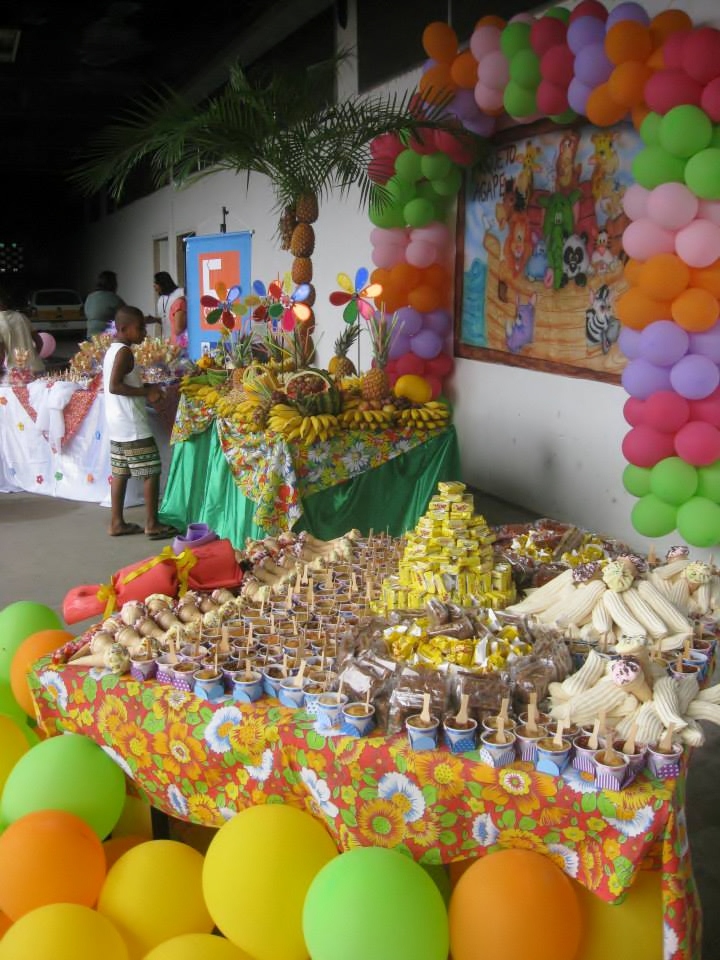
For five weeks, I spent almost an hour every morning from Monday to Thursday on a bus to work with these children. As a volunteer, we bore witness to many discouraging realities: two young boys getting a gun from an older guy, and then wandering down the street; or kids at the age of 12 doing hard labour with their parents in order to earn money for their family.
This is why these projects are important. While every project and favela is different in nature, they all share the same purpose of providing the kids hope for a way out. If you ever wish to experience Brazil – do it from another perspective, and don’t just experience the beaches, coconuts and carnivals. You can do these things too, but don’t forget that you can also make even just a tiny difference for a group of children who could use your influence and presence more than anything.
You can find out more about volunteering on this project here.
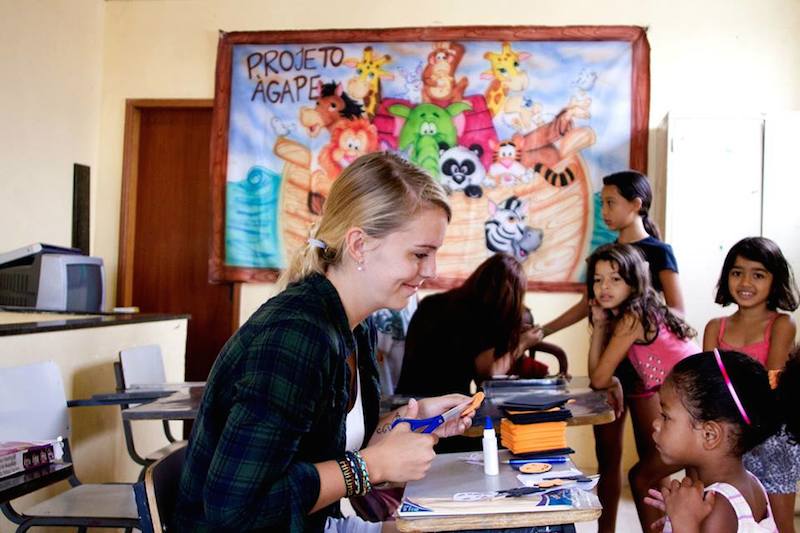
Top photo for Volunteering in Brazil: How I Helped Protect Children from Local Drug Lords by Unsplash.

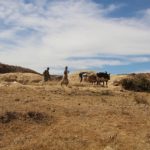

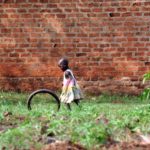

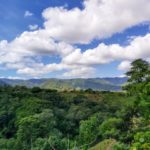



Hi there.
I came across your article looking for more info on Iko Poran as I’m seriously considering doing some volunteer work in Brazil, and I don’t want to be victim of a scam to be honest.
I find your experience both intense and admirable. I’m sure you made a positive impact on these children’s lives.
Keep up the good work!